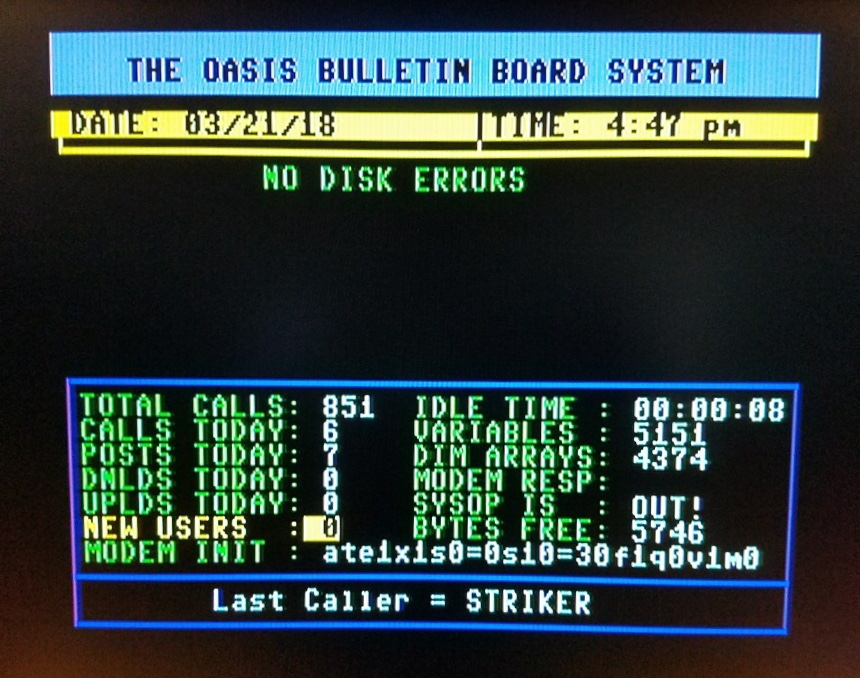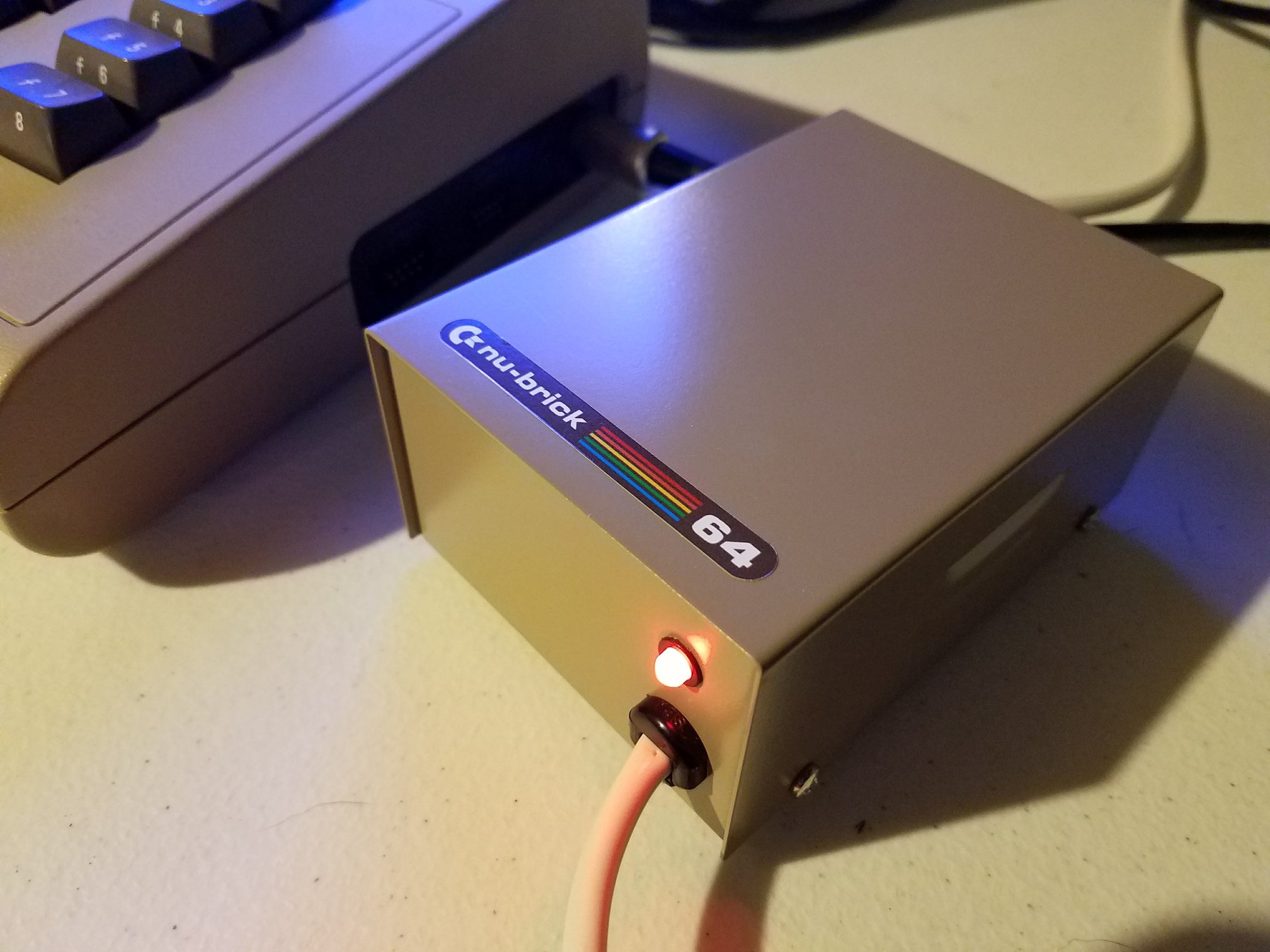In a recent episode of the Reviving Retro channel, the host tackles a question that comes up often: how to connect a retro Commodore computer to a modern HDMI display. He explains he’s been asked this several times recently, so he decided it was time to make a video about it.
Before diving into the main topic, the host gives a shoutout to Mark from The Retro Channel for creating the “Modulator Replacement,” a product that improves video output quality. Mark’s work is highly praised, and the host recommends checking out Mark’s channel and linking it in the video description.
Video Output Basics
The host begins with a rundown of the Commodore’s video output options. Early models had 5-pin connectors, offering only composite video, while later 8-pin models provided both composite and S-video, allowing for a sharper picture. Regardless of the connector type, he promises to show how to convert both to HDMI.
Step 1: Breaking Out the Video Signal
First, the host introduces a breakout module, which costs $15–$20 on sites like Amazon or eBay. For 8-pin models, this device provides S-video and composite video outputs, while 5-pin models only offer composite. This step extracts the video signal, which can then be converted to HDMI.
Step 2: Converting to HDMI
Next, he demonstrates using an affordable HDMI converter, which ranges from $17 to $35 depending on features. These devices take the breakout module’s output and convert it to HDMI, providing resolutions of 720p or 1080p. The host emphasizes that even the economical options can deliver good results for casual use, avoiding the need to spend hundreds of dollars on high-end upscalers.
Audio Considerations
For audio, he points out that the Commodore produces mono sound, so even though converters often have dual audio inputs, they won’t produce true stereo unless modifications are made, such as using dual SID chips or emulators. For most users, the built-in mono output is sufficient.
Cleaning Up the Video Signal
The host acknowledges that even after converting the signal, some users may encounter issues like jail bars, color bleeding, or a lack of sharpness. He explores several solutions for cleaning up the video:
- Modulator Modifications: Adrian Black’s method involves minor soldering work to tweak the original modulator for a cleaner picture.
- LumaFix Boards: These add-ons improve signal clarity by filtering the luminance signal directly at the VIC chip.
- Copper Dragon’s Solution: A more advanced approach that replaces the modulator entirely, offering both component and HDMI outputs.
- Mark’s Modulator Replacement: Mark from The Retro Channel offers an updated modulator replacement board with improved filtering and simpler installation. It’s available either as a DIY kit or pre-assembled through eBay and Tindie.
Recommendation and Closing Thoughts
The host concludes by recommending Mark’s modulator replacement for its balance of affordability and effectiveness. For those in the U.S., he highlights Amano2112, an eBay seller who provides pre-assembled boards with excellent build quality.
Finally, the host promises to demonstrate before-and-after comparisons of video quality using the recommended solutions. He wraps up with a reminder to check the description for links to resources, products, and guides to help viewers enhance their retro computing experience.







